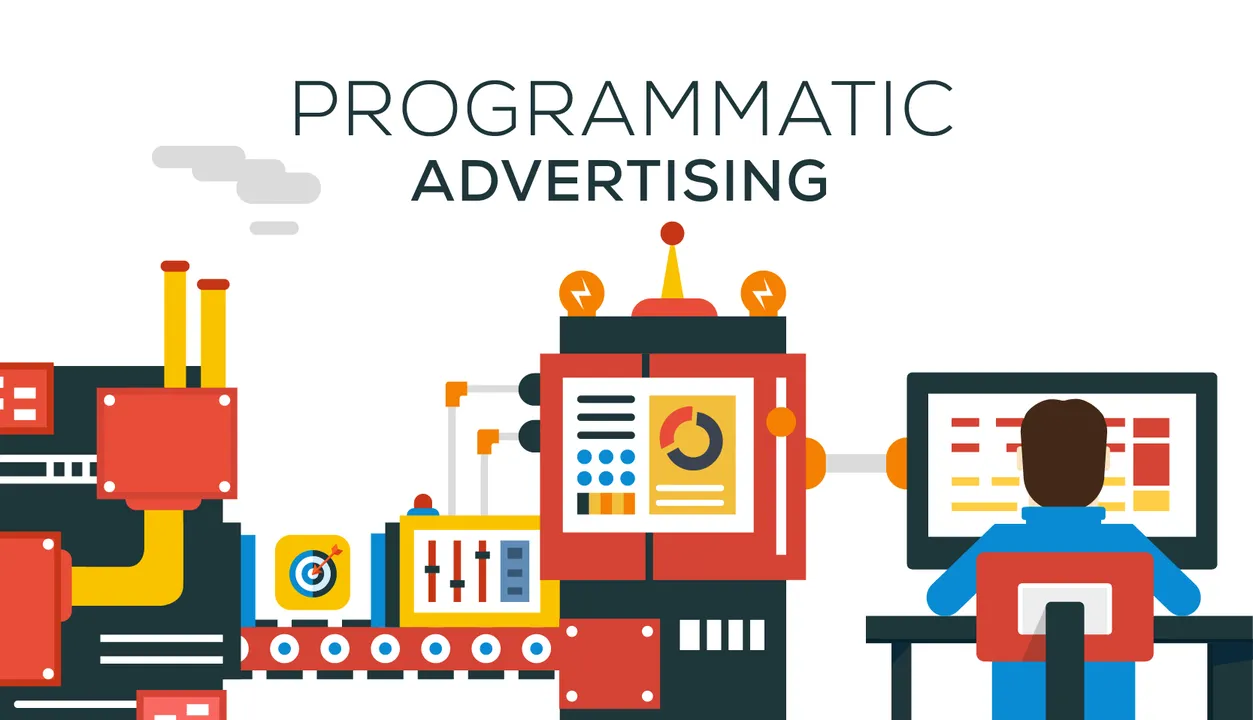Programmatic Advertising for Digital Project Manager
🚫 Text-to-speech is not supported in your browser. Please try a modern browser like Chrome, Firefox, or Safari.
Powered by Chrome AI
Chrome 129+Get an AI-powered summary of this blog post in seconds.
Summary
Summary Failed

Introduction
Programmatic advertising is the best solution for delivering creative content/advertising to consumers according to their phase in the consumer journey. Programmatic gives brands the power of creating specific creativity adapted to the consumer necessity, voice, etc.
Objective
This article is written as a guide for Digital Project Manager. It provides an overview of what needs to be done in order to setup a programmatic advertising campaign.
Scope
The Digital Project Manager is responsible for the scope definition, coordination and execution. In order to do so, he needs to understand the roles and responsibilities of all the FTEs involved.
Roles & Responsibilities
Trafficker
- DoubleClick Manager (DCM) setup
- Placement tag creation
- DoubleClick Studio profile creation
- DoubleClick Manager (DCM) floodlights setup
Bid Manager
- DoubleClick Bid Manager (DBM) setup
- Suggest media investment and advertising buying deal types (Open Auction, Private Auctions, Preferred Deals, Guaranteed Deals & Traditional Tag Based)
- Suggest and implement media optimizations
- Connects DBM with the DMP
Business Intelligence
- Defines control metrics cross platform
- Defines Google Analytics funnel goals
- Report campaign & site (landing page) performance
- Define media & site A/B test
- Setup Google DataStudio
- Defines naming convention
Designer
- Adapt creativity to Google Web Designer
- Creates media feed
- Connect Google Web Designer with DoubleClick Studio profile
Media Planner
- Defines media mix
- Media planning
- Defines reach and frequency
Strategic Planner
- Define strategy
- Define feed rules
- Define consumer journey’s
- Define campaign audience
Project Manager
- Define scope of work
- Estimate timeline
- Project control and follow up
- Defines deliverables
Audience Manager
- Create campaign audiences
- Manage Data Management Platform (DMP)
- Defines floodlights
Creative
- Campaign concept creation
- Creative development
Developer
- Google Tag Manager implementation
- Implement tracking tags
- DoubleClick Manager (DCM) floodlights implementation
- Site performance analysis
- Integrates client CRM
Quality Assurance (QA)
- Creativity QA
- Media Tags QA
- Platforms Tags QA
- Programmatic feed QA
- Media performance QA
Project Plan
Below’s graphic presents a macro overview of time, priority and effort required:
Programmatic Advertising Project Workflow
1. Planning
2.1. Creative
2.2. Development
3. Implementation
4. Optimization
Quality Assurance
Continuous oversight across all phases
Project Manager
Coordination and execution management
Sequential workflow with parallel creative and development phases
Tools
- DoubleClick Campaign Manager (DCM)
- DoubleClick Bid Manager (DBM)
- DoubleClick Rich Media
- DoubleClick Studio
- DoubleClick for Publishers (DFP)
- DoubleClick Ad Exchange (AdX)
- Google Analytics
- Google Data Studio
- Google Tag Manager
- Google Optimize
- Google Attribution
- Google Audience
- Google Web Designer
Best Practices
-
Define all scenarios to test from the beginning in order to create DoubleClick Studio rules, programmatic feed structure and creativity design
-
Control all platform metrics in order to see gaps, delivery bounce rate, A/B test results
-
Control default creative metrics - Default creativity should print/consume less than 1% of the budget
-
Manage default creatives - Default creative is implemented on the feed and DCM, which means you have 2 defaults to control
-
Create different insertion orders (DBM) according to the audience strategy, geo localization and test
-
Consider mobile devices - Do not forget mobile device sizes when thinking of a creative
Sources
Originally published on Nicolas Deyros’ LinkedIn